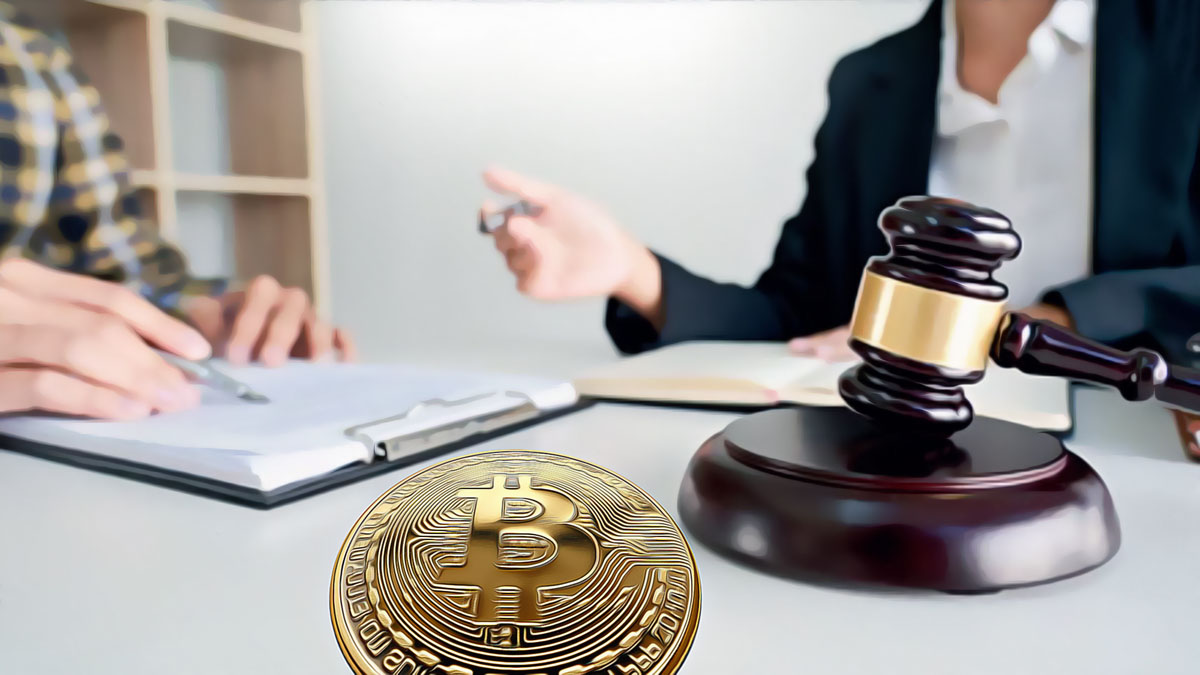When trading cryptocurrencies through trading platforms, all traders will encounter crypto trading fees called the maker and taker fees. When compared to the trading amount, these fees take a very small percentage, but over time, they can become a substantial amount and could even have an impact on your profits. It is for this reason that in crypto, maker and taker fees are something that every trader needs to know about. This article will give a description of the two types of fees with an example.
What Are Crypto Trading Fees?
Trading fees are not new to the financial industry; they were established long ago, and all traditional exchanges like the NYSE and Chicago Mercantile Exchange (CME) charge them. In other words, these are the fees that traders are required to pay every time they buy or sell crypto assets through an exchange. This is how the exchanges earn their income while at the same time offering a venue through which the trade could occur. There are two main types of trading fees in cryptocurrency: Maker fees and taker fees.
What Are Maker Fees?
To elaborate on maker fees, traders first have to consider the definition of a market maker. Market makers provide market liquidity by placing an order in the market that is not matched instantly. They usually place limit orders above or below the current price limit. This liquidity helps the market fulfill buy and sell orders at current prices and keeps the market flowing. Basically, market makers provide the liquidity needed for the market to function smoothly.
Google Cloud Introduces Blockchain RPC Service for Devs
For a trader to be considered as a maker, they must place a sell order above the highest buy order or place a buy order lower than the lowest sell order. Makers earn profits through the bid-ask spread, asking for the buy order and bidding for the sell order at the lowest and highest price. This narrows the difference in price between buy and sell orders.
Usually, the maker fees are lower than the taker fees because they offer liquidity to the market. By making the fees lower than the taker fees, the market intends to incentivize traders to become makers and provide liquidity. Furthermore, makers may also receive a rebate for providing liquidity when their order is executed. The major disadvantage of this method is that it takes a long time for your order to be fulfilled.
Example of Maker Fees
Let’s take Bitcoin as an example: If a limit order to buy BTC is set lower than the current price (for instance, at $59,000, while the Bitcoin is currently trading at $60,000), then the order cannot be executed. Instead, the order will be placed in a queue in the order book and will wait in a queue until the price of BTC falls to $59,000, and then the order is matched and executed.
In this scenario, you are referred to as a maker because there won’t be any orders at that price other than your order. You are essentially adding liquidity at a specific price level. If a seller happens to sell Bitcoin for $59,000, you can get the coin, and on the other hand, if you hadn’t created the liquidity, there would be no market to buy BTC at that price.
If the maker fee is 0.05%, then
$60,000 * (0.05%) = $30
What Are Taker Fees?
Unlike makers who place orders at the highest or lowest prices, takers place orders that can be executed immediately or as fast as possible. They remove liquidity from the order book, and such orders are called market orders. Takers place buy or sell orders in the order book and fill all the available orders. As removing liquidity is unfavorable to the exchange, they charge high fees to discourage them from fulfilling the existing orders.
A trader gets charged a trader fee if the order is to be executed immediately and takes liquidity out of the market. The main advantage of this method is speed, as you are buying or selling coins at the current market price, ensuring your order is filled quickly.
Australia’s Central Bank to Launch a 3-year Program on CBDC
Example of Taker Fees
Assume BTC is trading at $60,000, and you submit a market order (taker order) for 1 BTC at the current price. This order will be executed immediately, and because you are taking liquidity out of the market, you are called a taker.
If the Taker Fee is 0.10%, then
$60,000 * (0.10%) = $60
Conclusion
Trading fees are critical for providing liquidity and the efficient operation of crypto exchanges. Maker fees incentivize traders to post limit orders that they are not immediately able to fill, offering a lower fee or rebate for this input. However, it could take the makers longer to fill their orders, unlike the takers. On the other hand, takers execute market orders without delay and provide liquidity to other buyers at the marketplace’s expense, and in return, they are charged higher fees. The idea of the maker and taker fees is not complicated, but traders must understand it so that they can make the right decisions while trading.











